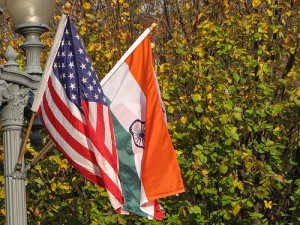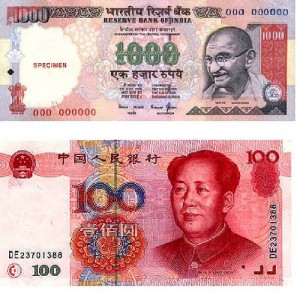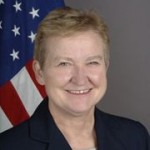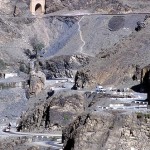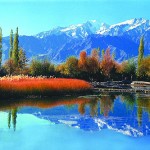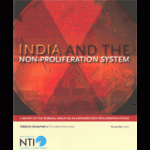 India and the United States have been at odds over nuclear issues for more than three decades, and yet both countries’ interests are powerfully affected by the spread of nuclear weapons. The Working Group on an Expanded Non- Proliferation System, chaired by Teresita Schaffer and Joan Rohlfing, President of the Nuclear Threat Initiative, set out to answer the question, “What would be necessary to have India and the United States work together as active participants in the international non-proliferation system?” The working group, which consisted of a dozen members from India and the United States, with each group drawn about equally from nuclear experts and senior foreign policy figures, recommended bringing India into the four major multilateral export control groups; its report recommends a number of other ways to enhance India-U.S. cooperation and help protect the world from nuclear dangers.
India and the United States have been at odds over nuclear issues for more than three decades, and yet both countries’ interests are powerfully affected by the spread of nuclear weapons. The Working Group on an Expanded Non- Proliferation System, chaired by Teresita Schaffer and Joan Rohlfing, President of the Nuclear Threat Initiative, set out to answer the question, “What would be necessary to have India and the United States work together as active participants in the international non-proliferation system?” The working group, which consisted of a dozen members from India and the United States, with each group drawn about equally from nuclear experts and senior foreign policy figures, recommended bringing India into the four major multilateral export control groups; its report recommends a number of other ways to enhance India-U.S. cooperation and help protect the world from nuclear dangers.
Read full report on NTI web site.
Follow links to the group’s working papers. (click on drop-down menu at top of page)
Read summary of seminar on the report and next steps in reducing nuclear dangers, at Brookings, January 5, 2012.
